Is saving $150/month really all it takes to retire a millionaire? The Ramsey Show says yes — but here’s the catch
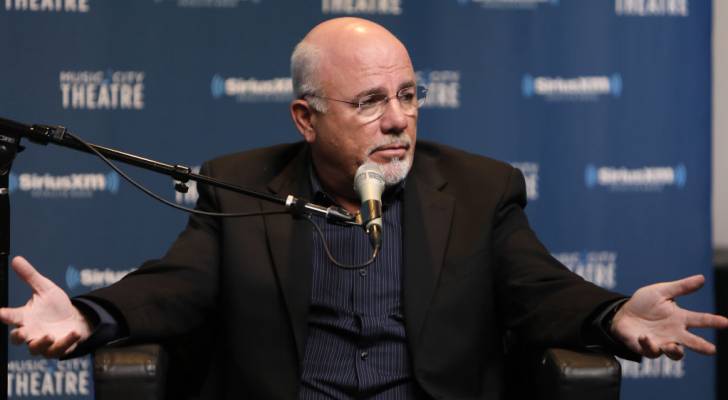
Saving for retirement can feel like an uphill battle. On average, Americans believe they will need $1.26 million to retire comfortably, according to a recent study by Northwestern Mutual. As financial pressures mount from every direction, many Americans find retirement increasingly elusive, transforming what was once viewed as a well-deserved reward for decades of hard […]
Seeing the unseen: The fight for workplace inclusion for autistic Canadians

Jonathan Hoffman, a children’s author and illustrator, has always seen the world in a unique way. His autism gives him an extraordinary eye for patterns, helping him bring illustrations to life, but it has also made finding employment a constant challenge. During a job interview at a major retail chain, Hoffman disclosed that he has […]
Is the 60/40 portfolio dead? Larry Fink’s latest BlackRock chairman’s letter notes ‘private markets don’t have to be as risky’ — here’s what that means for you
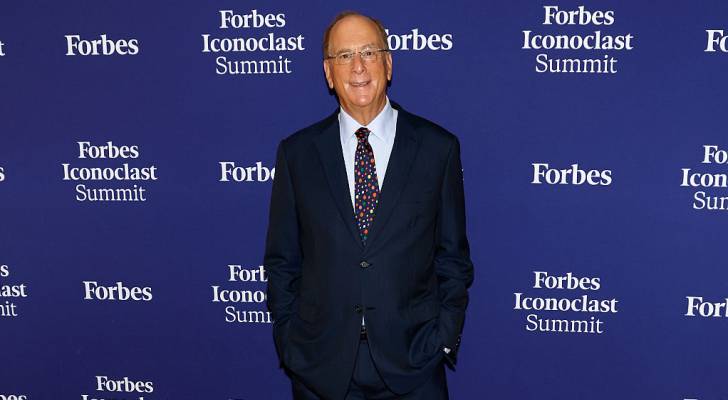
In his most recent letter to investors, BlackRock CEO Larry Fink discussed the company’s latest investment strategies and where he envisions the future of investing heading. One of the most significant developments came in his prediction around portfolio splits, noting that “the classic 60/40 portfolio may no longer fully represent true diversification.” He believes there […]
I was sent $3,000 from a random number. At first, the stranger said it was a mistake — but eventually accused me of stealing it. Am I being scammed?
Instant payment apps like Venmo and Apple Cash make it easy to send money to friends or family. But they’ve also given scammers another way to defraud unsuspecting users. Here’s how the latest scam often starts: You get a payment from a number you don’t recognize. A few hours or days later, the sender messages […]
Social Security is paying out more than it can bring in, leaving the government with a $67 billion problem — how to shore up your savings just in case

This article adheres to strict editorial standards. Some or all links may be monetized. The Social Security Board of Trustees has announced the program’s combined trust funds are projected to cover all scheduled benefits in full until 2034 — one year earlier than projected — at which point only 81% of benefits will be payable. […]
Wealthsimple bets on a new generation of confident Canadian investors

A decade ago, investing in Canada meant relying on professional advisors and traditional brokerages just to get your foot in the door. But that’s changing fast, and a new generation of retail investors are reshaping how Canadians build wealth. That shift is front and centre in Wealthsimple’s latest move. The Toronto-based fintech company unveiled a […]
Dave Ramsey tells a mechanic from Canada what to do after learning he makes $200,000/year but has nothing to show for it
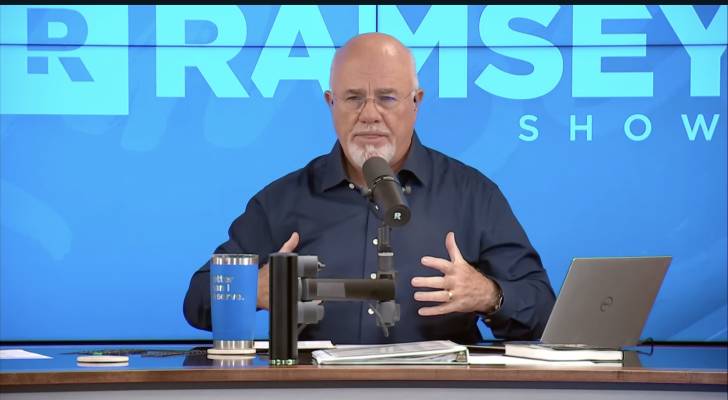
This article adheres to strict editorial standards. Some or all links may be monetized. On paper, Jackson’s debt-free status and $200,000 annual salary might look like an easy ticket to financial freedom. But in reality, the 25-year-old heavy-duty mechanic from Canada admits he’s often staring at a bank account that doesn’t reflect his hard work […]
‘It’s not that hard’: Dave Ramsey tells NY woman — stuck in a paycheck-to-paycheck cycle despite $300K family income — How to break the pattern
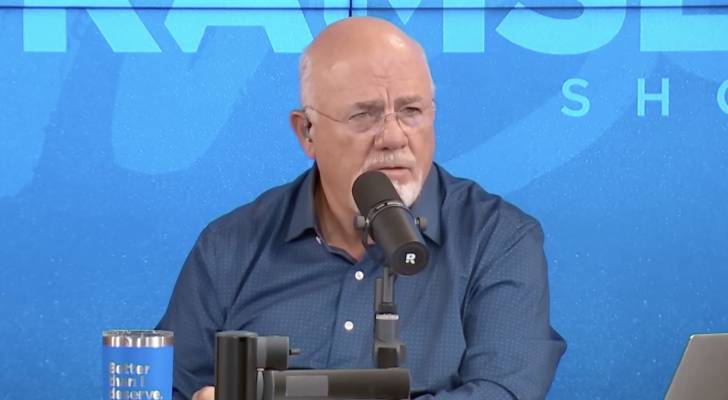
This article adheres to strict editorial standards. Some or all links may be monetized. A school psychologist named Maria called into The Ramsey Show in July with an unusual problem: Despite having minimal debt and a combined yearly income of nearly $300,000, she and her husband could not seem to stick to their budget. Ramsey […]
More than half of Gen Z Canadians feel pressured to ‘fake’ financial stability: TD

Financial stress is shaping how young Canadians use social media, according to a new survey from TD Bank (1) — with more than half of Gen Z respondents saying they feel pressured to appear financially secure, even when they’re struggling behind the scenes. The survey, released October 14, found that 53% of Gen Z Canadians […]
Jim Cramer reveals 5 ‘boneheaded mistakes’ he’s made over decades of investing so you can skip the learning curve — and avoid costly errors
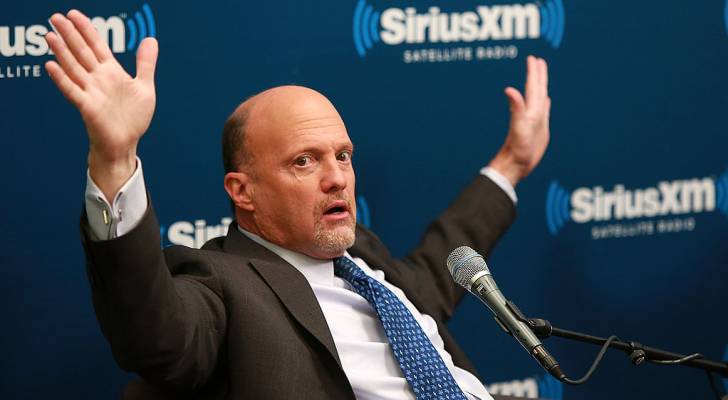
This article adheres to strict editorial standards. Some or all links may be monetized. Ask any celebrated investor the secrets to their success, and they’ll probably mention their setbacks too. Nobody is perfect. Everyone makes mistakes, and it’s learning from them that can separate the pros from the amateurs. Fortunately, that doesn’t mean you have […]